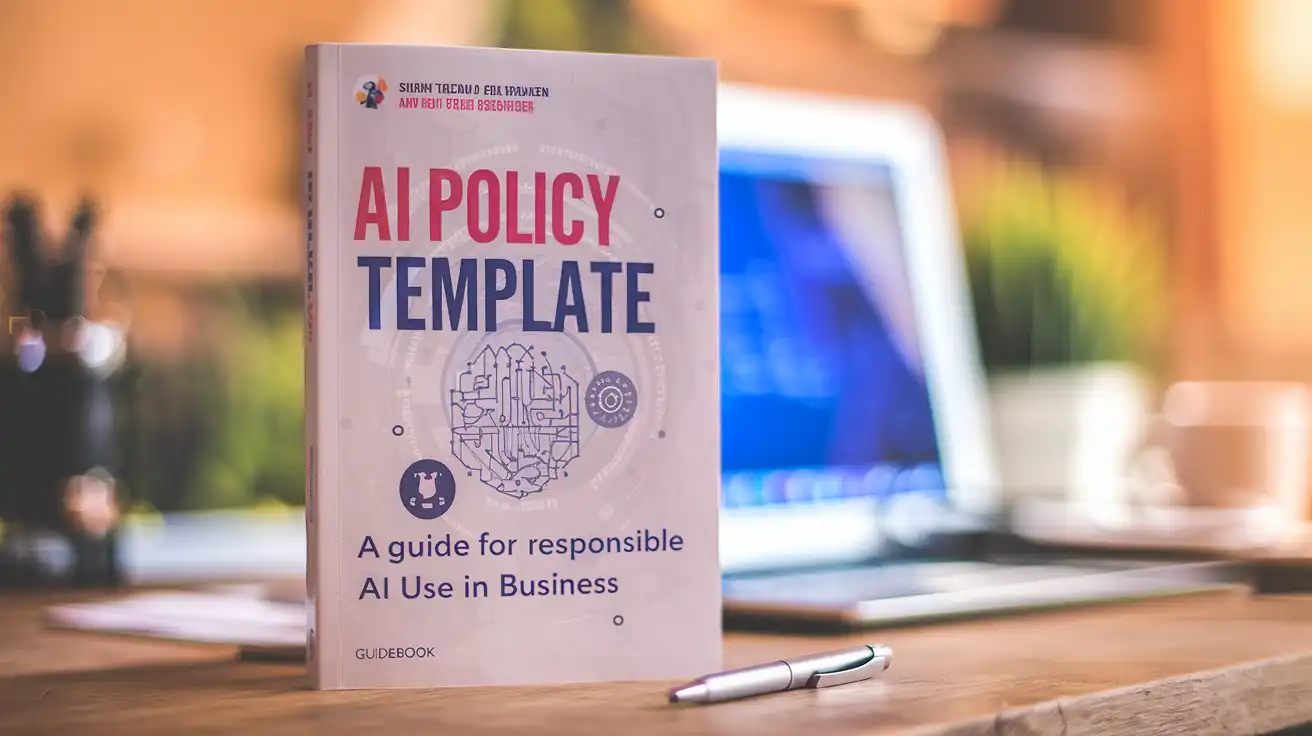Artificial intelligence is evolving rapidly, and while innovation brings opportunities, it also raises ethical and operational challenges. Whether you’re a startup developing AI models or an established company integrating machine learning into daily workflows, having a solid governance framework is no longer optional—it’s essential.
An AI governance policy template provides a structured approach to managing the risks, compliance demands, and accountability issues associated with AI. But how do you implement one that fits your business needs, especially in a regulatory landscape that’s still forming? Let’s explore.
Why AI Governance Matters Now More Than Ever
The Rising Demand for Accountability
As AI systems influence everything from hiring decisions to healthcare recommendations, the question isn’t just can we use AI—but should we? Public and regulatory scrutiny is increasing, making transparency, fairness, and explainability cornerstones of trustworthy AI.
Avoiding Legal and Ethical Pitfalls
Failing to govern AI use properly can result in reputational damage, regulatory penalties, or even legal liability. A well-crafted governance policy helps mitigate these risks by setting clear standards and responsibilities from the start.
What Is an AI Governance Policy Template?
An AI governance policy template is a pre-structured document that outlines your organisation’s approach to AI oversight. It usually includes:
- Purpose and scope of the policy
- Roles and responsibilities (e.g., AI Ethics Officer, development teams)
- Principles such as transparency, bias mitigation, and accountability
- Review mechanisms for model evaluation and audits
- Compliance checkpoints with relevant laws and standards
This template acts as both a guide and a foundation—ensuring all stakeholders speak the same language when it comes to managing AI systems.
Key Elements to Look for in a Quality Template
Not all templates are created equal. When reviewing or adopting an AI governance policy template, make sure it includes the following components:
1. Customisation Guidance
Templates should allow for adaptability. Look for editable sections that encourage tailoring the policy to your company size, industry, and regional laws—particularly important for businesses in New Zealand navigating global standards.
2. Ethical Frameworks Built-In
Ethics should not be an afterthought. The template should explicitly incorporate ethical considerations such as fairness, non-discrimination, human oversight, and inclusivity.
3. Risk Management Protocols
Clear procedures should be outlined for identifying, assessing, and managing AI risks—both technical and societal.
4. Audit Trails and Review Cycles
Regular auditing mechanisms and update intervals help ensure the policy remains relevant as technology and regulations evolve.
Implementing the Policy: Best Practices
Creating a governance policy is only the first step. Effective implementation is where the real value lies.
Start With Stakeholder Buy-In
Engage technical and non-technical stakeholders from the beginning. Make sure they understand the “why” behind the policy—not just the “what.”
Establish Training and Awareness
Provide training so your teams understand the governance processes and their role in maintaining them. The more buy-in you have across departments, the easier implementation becomes.
Use the Policy to Guide Development Lifecycle
Integrate the policy into your AI development workflow—from data sourcing and model training to deployment and monitoring. A governance framework should influence how decisions are made at every stage.
Revisit and Refine
AI is not static, and your policy shouldn’t be either. Schedule regular reviews to adapt the policy to new use cases, regulatory changes, or technological advances.
Where to Find a Reliable Template
For a strong starting point, explore the AI governance policy template provided by Magnetism. It’s designed with practical use in mind and addresses many of the core challenges businesses face when developing responsible AI practices.
This resource can help New Zealand companies align with emerging standards while remaining adaptable to local context.
Final Thoughts
AI governance is no longer just a technical or legal issue—it’s a business imperative. A well-developed AI governance policy template gives organisations a roadmap to navigate this fast-changing landscape responsibly.
By proactively defining how AI is used and monitored, you protect not just your bottom line, but also your reputation and the trust of your users. Start with a flexible, well-structured template and build a culture around it that values ethical innovation




